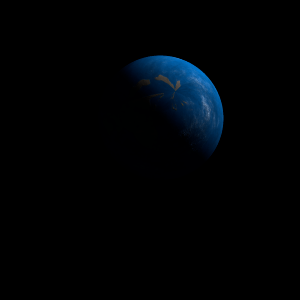|
|
Space Astro
|
Info for exoplanet "Rysuf"
| Scientific (actual) data |
|---|
| Name | Kepler-1147 b |
| Planet status | Confirmed |
| Radius | 0.233 |
| Orbital period | 10.6278 |
| Discovered | 2016 |
| Updated | 2021-02-05 |
| Tconj | 2454970 |
| Publication | Announced on a website |
| Detection type | Primary Transit |
| Alternate names | 2MASS J19301140+4138346 b, K02221.01, KIC 6287313 b, KOI-2221 b, KOI-2221.01 |
| Star name | Kepler-1147 |
| Right ascension | 292.55° |
| Declination | 41.64° |
| Mag j | 14.179 |
| Mag h | 13.891 |
| Mag k | 13.877 |
| Star distance | 1476 |
| Star metallicity | 0.11 |
| Star mass | 1.09 |
| Star radius | 1.14 |
| Star age | 3.8 |
| Star temperature | 5941 |
| Star alternate names | 2MASS J19301140+4138346, KIC 6287313, KOI-2221 |
| Wikipedia article | Kepler-1147 b |
Back
| |
| Fictional info (?) |
|---|
| Suggested name | Rysuf |
| Planet type | Cold planet |
| The atmospheric pressure at the planet's surface is 0.17 bar, or roughly the pressure found 585 m under the oceans of Earth. |
| Atmosphere | Carbon dioxide | 84% |
| Hydrogen | 15% |
| Oxygen | 0.00069% |
| Atmospheric pressure | 0.17 bar |
 |
| No known satellites |
| Google search for Rysuf |
|
Website by Joachim Michaelis
|
|
|
|